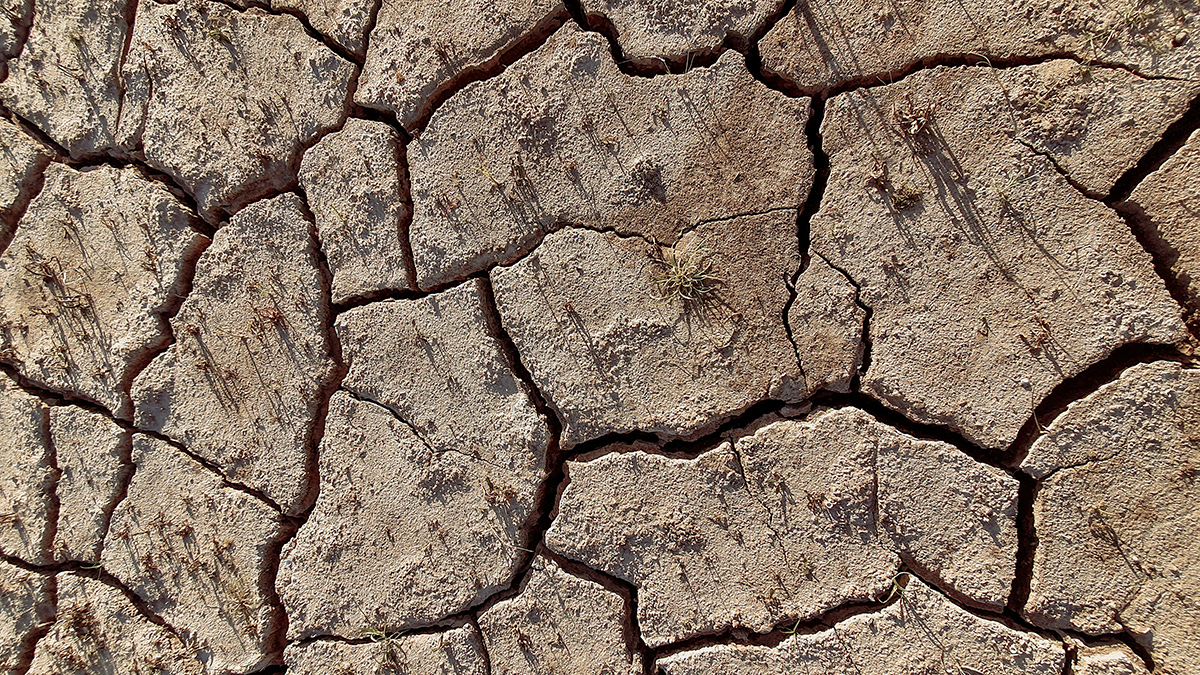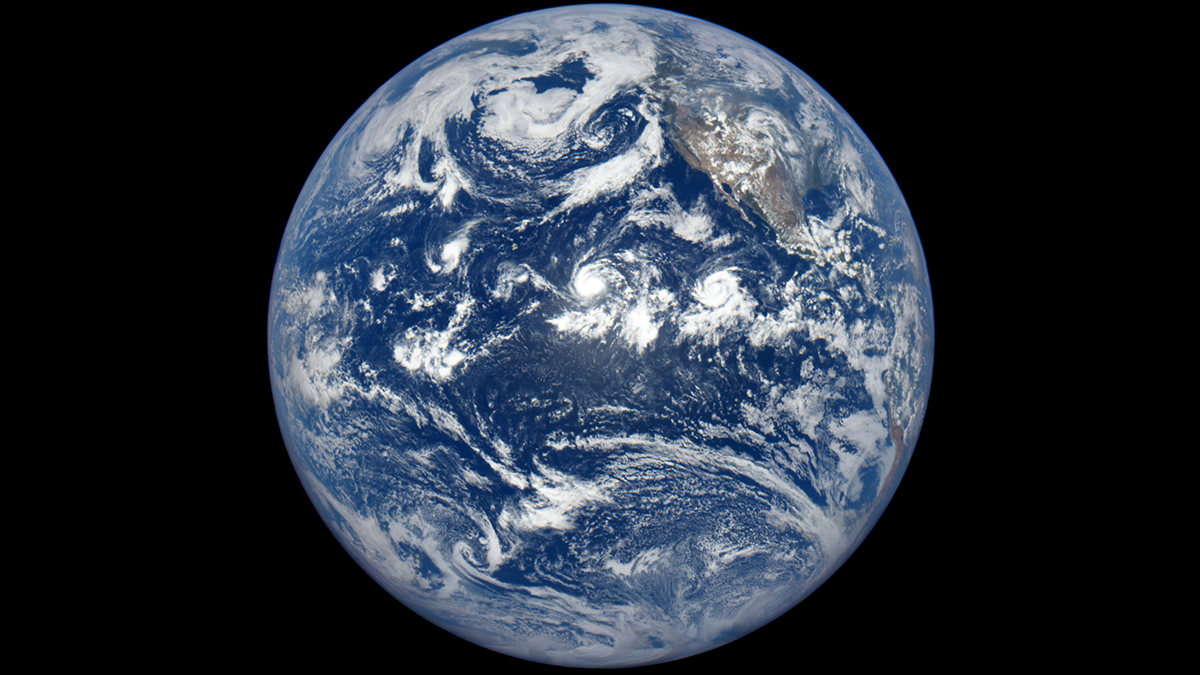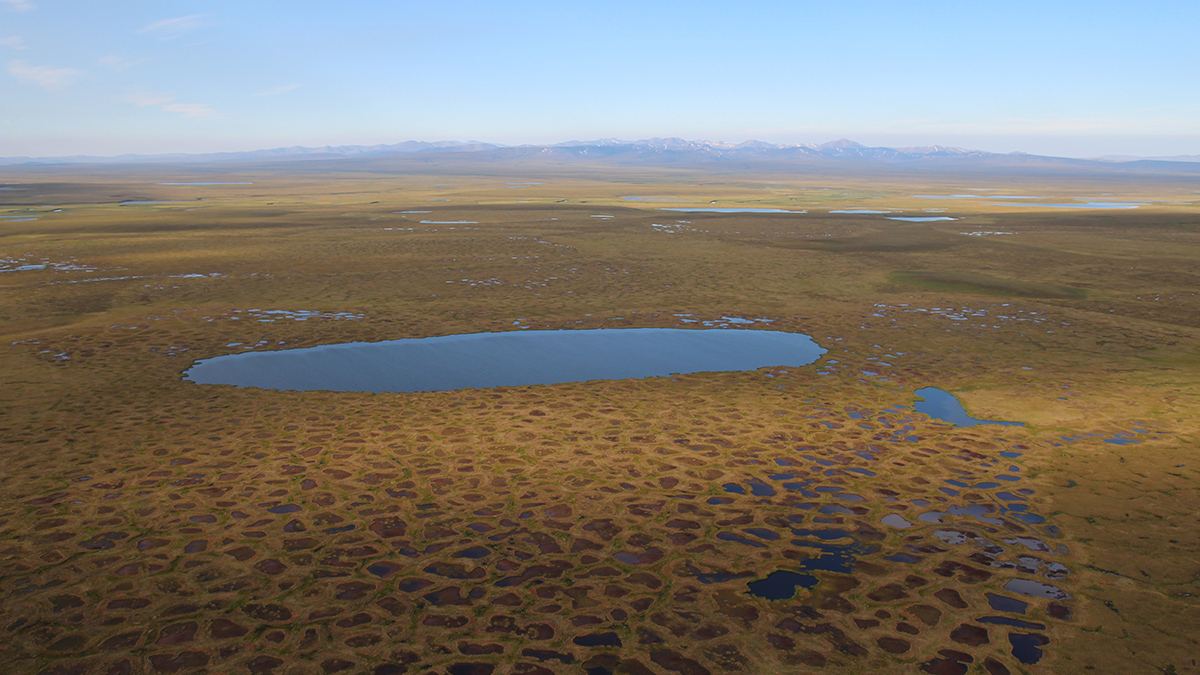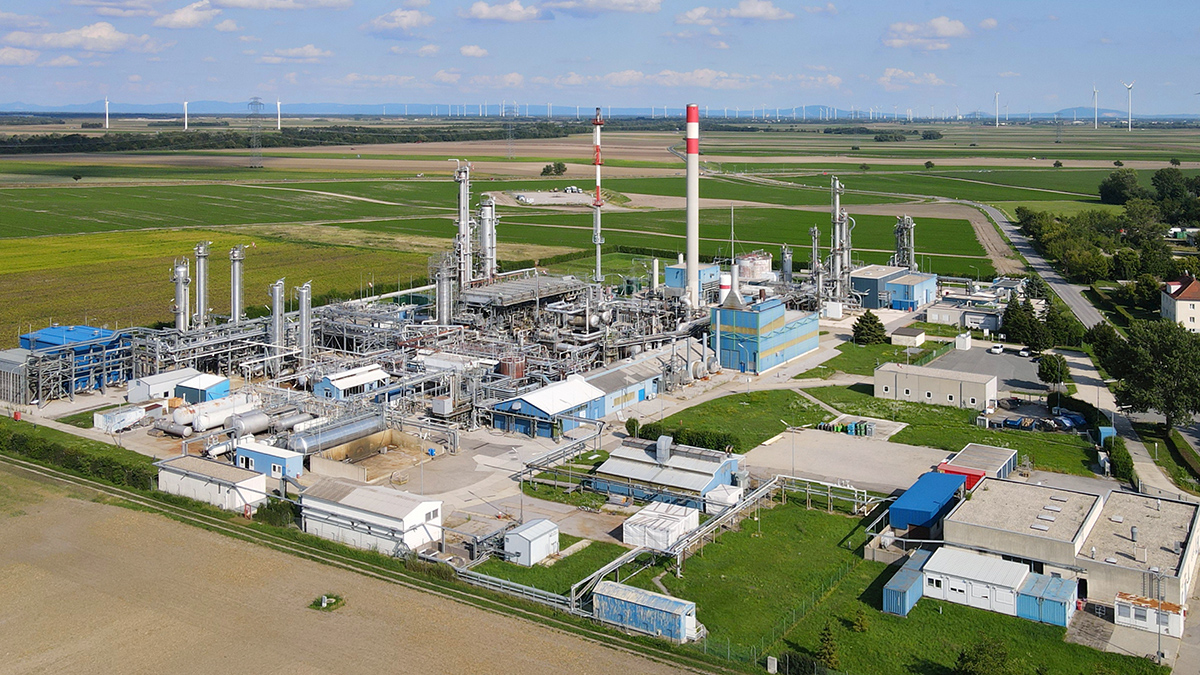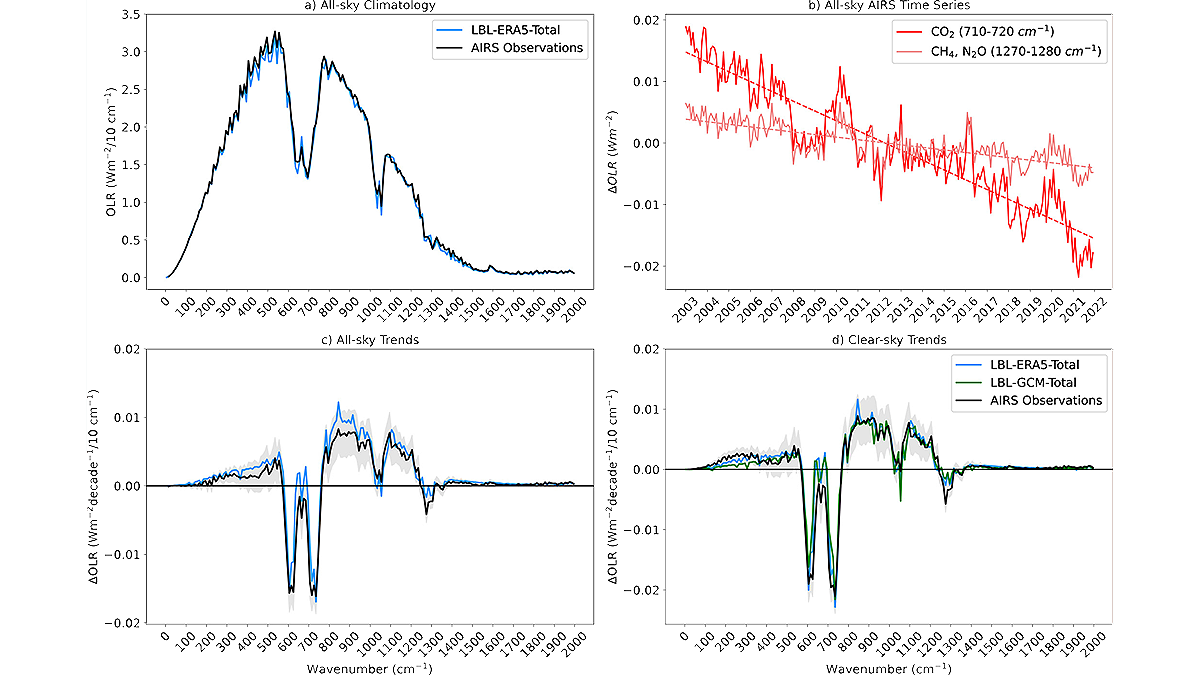Un nuevo estudio profundiza en dos décadas de datos para crear una cuantificación integral de fuentes de carbono, metano y óxido de nitrógeno que podrían ayudar a guiar las políticas climáticas.
greenhouse gases
Cracking Soils Could Accelerate Climate Change
Climate change is expected to lead to more frequent and intense drought, which in turn causes soil to crack, releasing more carbon dioxide and further warming the planet.
Challenges in Evaluating Climate Sensitivity from Climate Models
In recognition of the 50th anniversary of Geophysical Research Letters, the editors showcase an exceptional study published in the journal that investigates the climate sensitivity in CMIP6 models.
Hydraulic Fractures Are Lazy
The layering of rock masses can help constrain and focus the growth of hydraulic fractures.
Northern Permafrost Region Emits More Greenhouse Gases Than It Captures
Permafrost underlies a quarter of the Northern Hemisphere. A comprehensive analysis shows that the area may have shifted from a sink to a source of greenhouse gases, bringing a longtime prediction to fruition.
Methane Emissions from the Oil and Gas Industry Are Triple Current Estimates
A new study using aerial data reveals that fossil fuel extraction and processing are responsible for far more methane than previously believed.
Africa’s Carbon Sink Capacity Is Shrinking
A new estimate of Africa’s greenhouse gas budget from 2010 to 2019 shows increasing emissions from cropland expansion, livestock, and fossil fuel use—meaning the continent may have transitioned from an overall carbon sink to a slight carbon source.
Planting Trees May Not Be as Good for the Climate as Previously Believed
The climate benefits of trees storing carbon dioxide is partially offset by dark forests’ absorption of more heat from the Sun, and compounds they release that slow the destruction of methane in the atmosphere.
Using Satellite Observations for Attribution of Radiation Changes
Analysis of infrared satellite measurements identifies the climate response to an increase in greenhouse gases in the atmosphere.
Inland Waters Are a Blind Spot in Greenhouse Gas Emissions
Researchers call for an extensive monitoring network to quantify carbon dioxide and methane released by China’s rivers, lakes, reservoirs, and ponds.


